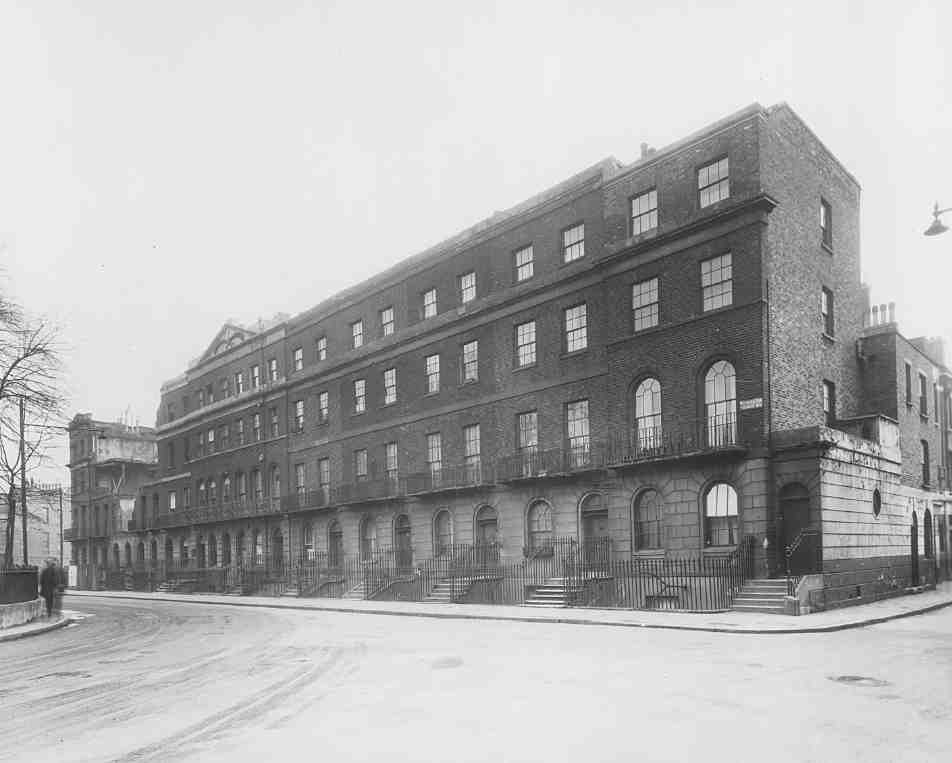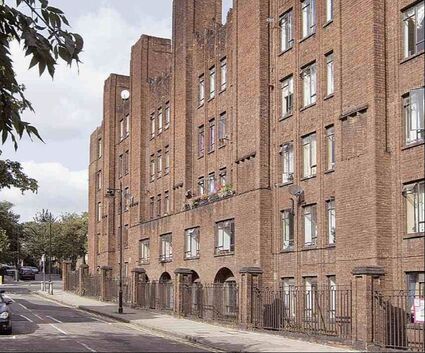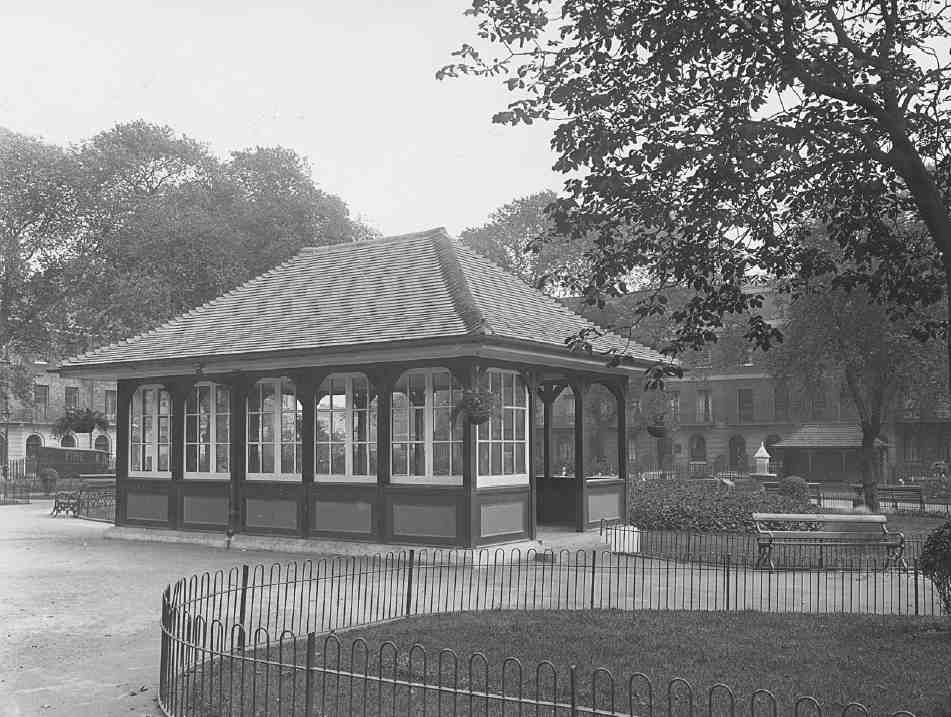History
Wilmington Square was created from 16 acres of the Earls and the Marquesses of Northampton’s Spa Fields Estate, which in 1817 the 9th Earl assigned to his heir Lord Compton, thus launching one of London’s first post-Waterloo developments. A number of plots were let to a speculator, John Wilson, who also built much of Gray’s Inn Road, on a 99-year building lease back-dated to Christmas 1816.
The fields on which Wilmington Square was built were near to the New River Head, at that time a convenient meeting place for radicals and an area containing a number of small workshops. The hillside was to become the scene of the notorious Spa Fields Riot, one of several mass meetings addressed by ‘Orator’ Henry Hunt, MP and leader of the Radical reformers. Hunt addressed his audience from Merlin’s Cave, a ‘place of resort’ a short distance away. By 1818 the area had “been converted into a narrow street, and all the surrounding fields have covered with houses, formed and forming into streets and squares. Almost every vacant spot on which a building has not already been commenced, is either covered with heaps of brick earth, excavated for laying foundations, or occupied by immense heaps of bricks.”
Wilmington Square was originally to have extended further to the north, but progress was piecemeal and the grand south terrace (nos.1-12) appeared only in 1824. In 1828 Wilmington Square still remained unfinished and, for financial reasons, the north side of the square was not built as originally envisaged, having no public highway in front of it, just a pedestrian terrace adjoining the garden. The square was described by a contemporary commentator as a "handsome assemblage of edifices". John Wilson, the aforementioned builder of Wilmington Square occupied no.12 for some time.
Lord Compton, well before he succeeded as 5th Marquess (1897), had already opened all the estate’s square gardens to the public. In reply to an enquiry from Clerkenwell Vestry he announced (June 1886) that he would convey Northampton and Wilmington Square gardens to the Vestry as a gift, the Metropolitan Public Gardens Association having offered to run them for the benefit of the poor. The Marquess’s daughter, Lady Margaret Graham, had formally opened the gardens in July 1885, and at the same time an ornamental fountain for local use was erected by the philanthropist Charles Clement Walker, Esq., JP, of Shropshire, in memory of his mother who was a long time resident in the parish. On 26th December 1887 the fountain was wilfully destroyed. Wilmington Square gardens were newly laid out c. 1900-1901. This was probably the time when the original design of the cast iron railings was altered considerably. By levelling and filling the gardens up with earth the inner level has been raised and it was therefore presumably regarded as necessary at the time to cast the lower parts of the railings into a concrete plinth wall up to the level of the newly laid out gardens.
In 1931 the fountain was replaced by a public shelter, erected by Finsbury Council to designs by the borough engineer, A. V. Cole. Glazed screens on the north side have been removed.
Terraces Nos. 22-24 on the east side were destroyed in the 1930s for rebuilding an Expressionist block of flats for married policemen (Charles Rowan House) in its place. Houses Nos. 8 to 11 were damaged during the Second World War and rebuilt in 1951. Nos. 38 to 39 at the corner with Attneave Street were rebuilt tactfully in 1969.





